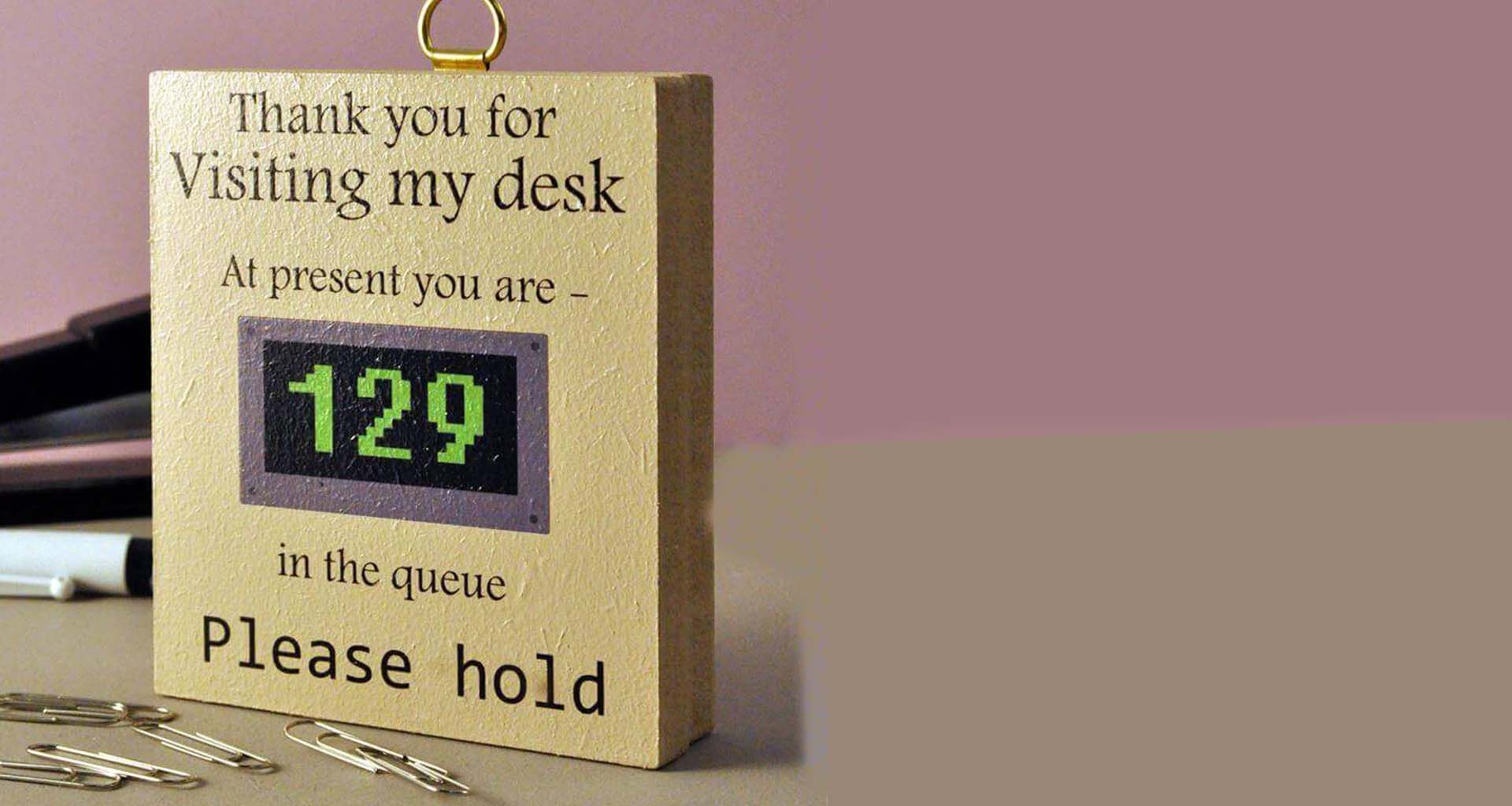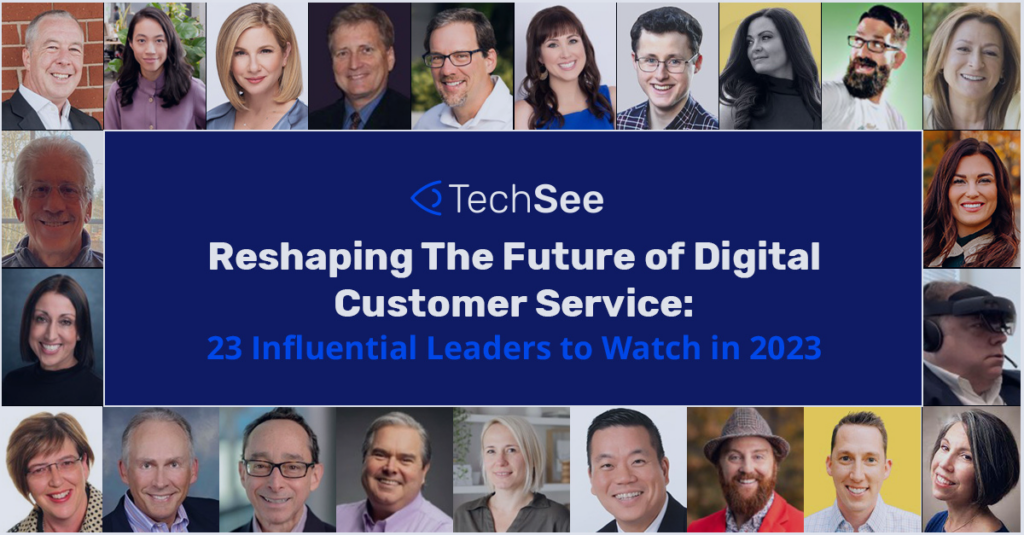Contents
I’ve always been aware of the influx of refugees to Europe, particularly from war-torn Syria but it was not until I traveled to Scandinavia to implement our platform with one of our telecommunication customers that I experienced their daily struggle first hand, and understood just how impactful our services could be in regard to the customer service language barrier.
My team was working together with our client’s call center management to implement visual support, and one of our tasks was to identify Use Cases where agents would be required to initiate visual support. We generally look for challenging scenarios; cases in which a call takes longer than necessary or in cases of frustration on the agent’s end. One Use Case took me by surprise:
Language Barriers in Customer Service
I had noticed one of the Customer Service agents having a hard time with a new customer. The agent was getting more and more frustrated by the constant miscommunication as he was having difficulty understanding what the customer was saying.
As I listened closely, I realized the source of his frustration. He was speaking very slowly, repeating himself over and over, and moving from the local language to English, but nothing worked. They were just unable to communicate. Clearly they were not making any progress and the issue seemed to be a minor technical one that was easily resolvable over the phone.
I approached the rep and I asked him to explain his frustration to me. The agent told me that the call was about to become one of those long sessions, in which he usually spends 10-15 minutes just trying to understand why the customer called in the first place. The customer only spoke Arabic and it became very clear that this was a case of a family of refugees from the Middle East. They were desperate to connect to the internet but couldn’t speak the local language or English.
The agent explained to me that after failing to assist the customer he usually needs to dispatch a technician to deal with what is usually a minor issue. However, due to the customer service language barrier – could not be resolved via a simple phone call.
Seeing The Solution
I advised the agent that instead of relying solely on verbal communication, he should initiate a Visual Support session, asking the customer to show him the problem visually.
By using a few key words, such as: camera, problem, picture, SMS message – the customer was promptly able to understand what the agent was asking him to do.
The connection was then established and the agent started to visually guide the customer using annotations and very simple language. With less words and more visual aids – the conversation became much more fluent than before.
Amazingly, the first thing that happened once video connection was established was that one of the customer’s children walked into the room and wanted to see what was going on. He went over to the computer and peeked into the camera waving and smiling at us. He was a sweet five year old Syrian boy and his charming smile and his father’s response transformed the session.
Suddenly the humanity of the situation was clear. It was not a random, undecipherable voice over the phone, but a real life family of immigrants and all they wanted was to connect to the internet in a country where they were complete strangers.
The session was successful, the agent was able to identify the steps within the service set-up that did not work and fixed it remotely using visual guidance.
The Pitfalls of the Language Barrier
Following this incident, TechSee initiated a discussion with the call center managers. Remarkably it turns out that the immigration issue has been a hot topic of discussion for some time.
The language barrier created major obstacles when dealing with the set-up, installation and troubleshooting of telecommunications equipment. The customer service representatives didn’t speak Arabic and the refugee customers were not proficient enough in either the local language or English to express themselves.
As a result, technicians were dispatched to resolve minor issues that could have been explained over the phone had there not been a language barrier in the customer support call. This is obviously a waste of time, money and resources.
The company had even considered recruiting Arabic speaking agents so they could offer multi language customer support, but that plan was shelved as the training is time consuming and takes away valuable resources from the customer service team.
Visual Support Bridges the Language Gap
Once visual communication was introduced into their call center, 90% of those calls were able to be resolved remotely. TechSee helped them solve the communication problem by using visual communication with minimal verbal communication. This was one example of how the power of visual support can be successfully harnessed to bridge the communication gap in cases of language barriers, hearing impairment and other disabilities, or even the generation gap.
Overcoming the Customer Service Language Barrier and Helping Integration
At Techsee, my greatest sense of achievement comes when we’re able to clearly see the value we help companies provide to customers. When we consider the refugees’ integration into European life, we generally focus on jobs, education and housing, but I saw first hand that day-to-day difficulties are often about the little things.
Being able to connect to the internet so you can keep in touch with friends and relatives back home, watch TV or youtube, deal with the language barrier in customer service, even read the labels in the supermarket – all everyday obstacles in the life of refugees. Seeing how we can help refugees and how it transformed the conversation from frustration to collaboration was truly inspiring, and a use case I will certainly remember forever.






